Financial Analysis of Medibank Australia's 2016 Annual Report
VerifiedAdded on 2020/04/01
|5
|1027
|34
AI Summary
This report analyzes the accounting items and related policies in Medibank Australia's annual report for the financial year 2016. Two main accounting items selected are trade receivables and property, plant, and equipment. The analysis reveals that the financial statements adhere to Australian Accounting Standards Board guidelines. Trade receivables include non-interest bearing accounts valued at fair value initially and amortized cost subsequently, with impairment allowances applied. Property, plant, and equipment encompass assets like land, buildings, and machinery; they are revalued triennially for land and depreciated using the straight-line method. These items constitute 11.15% of total current assets and 20.56% of non-current assets respectively, indicating their importance beyond mere financial metrics. The social impact includes customer engagement via trade receivables and societal implications of corporate property use. The report concludes that annual reports are vital for all stakeholders, offering insights into company performance and strategic direction.
1 out of 5
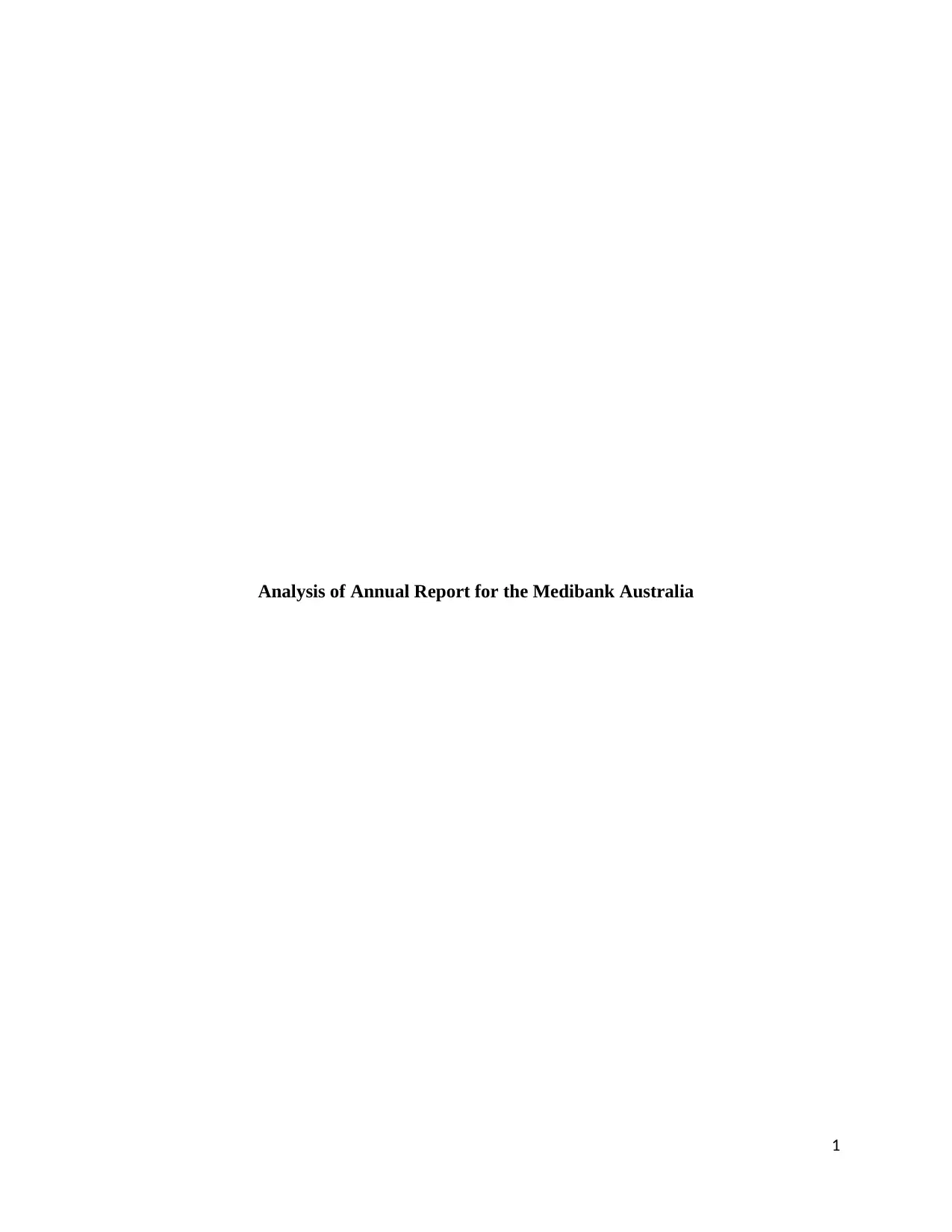
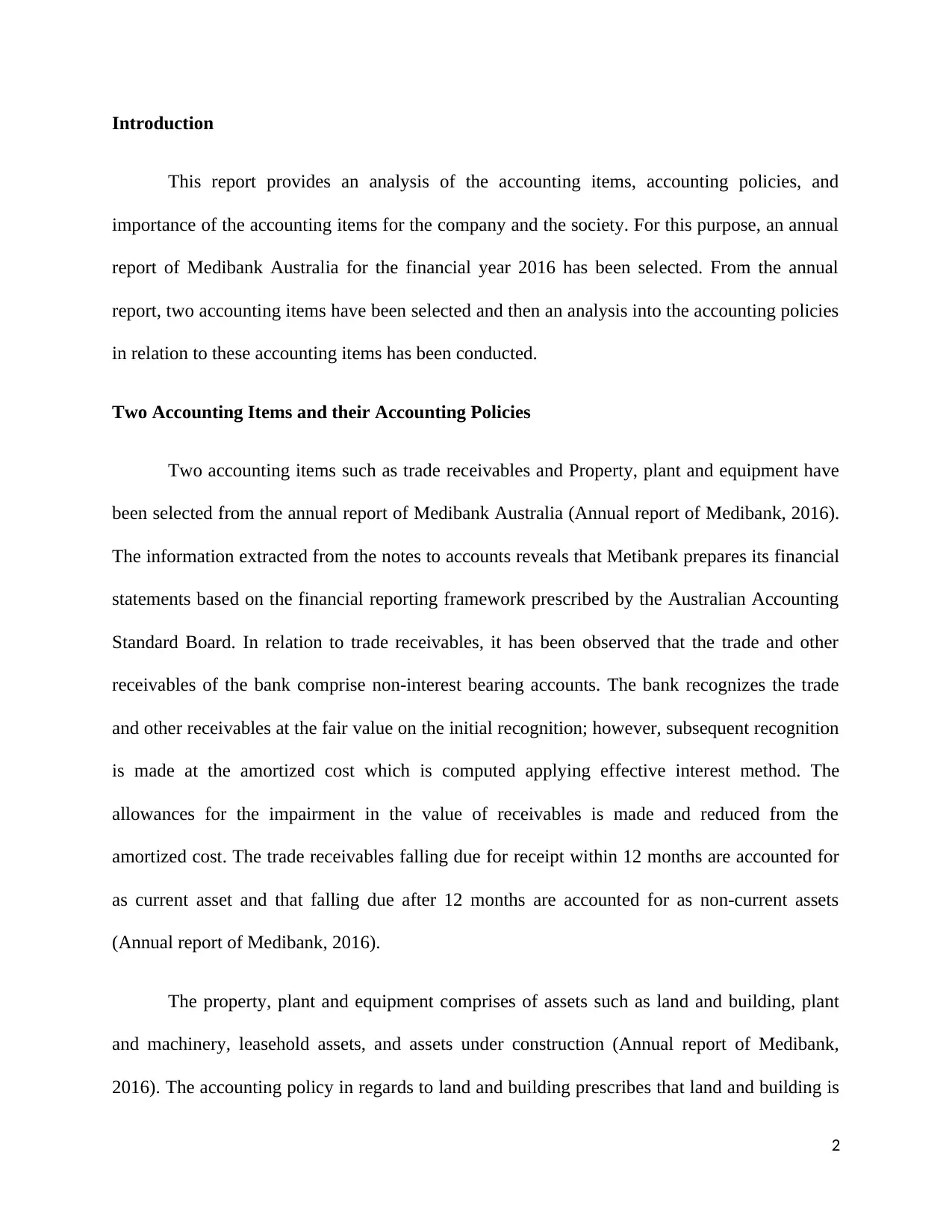
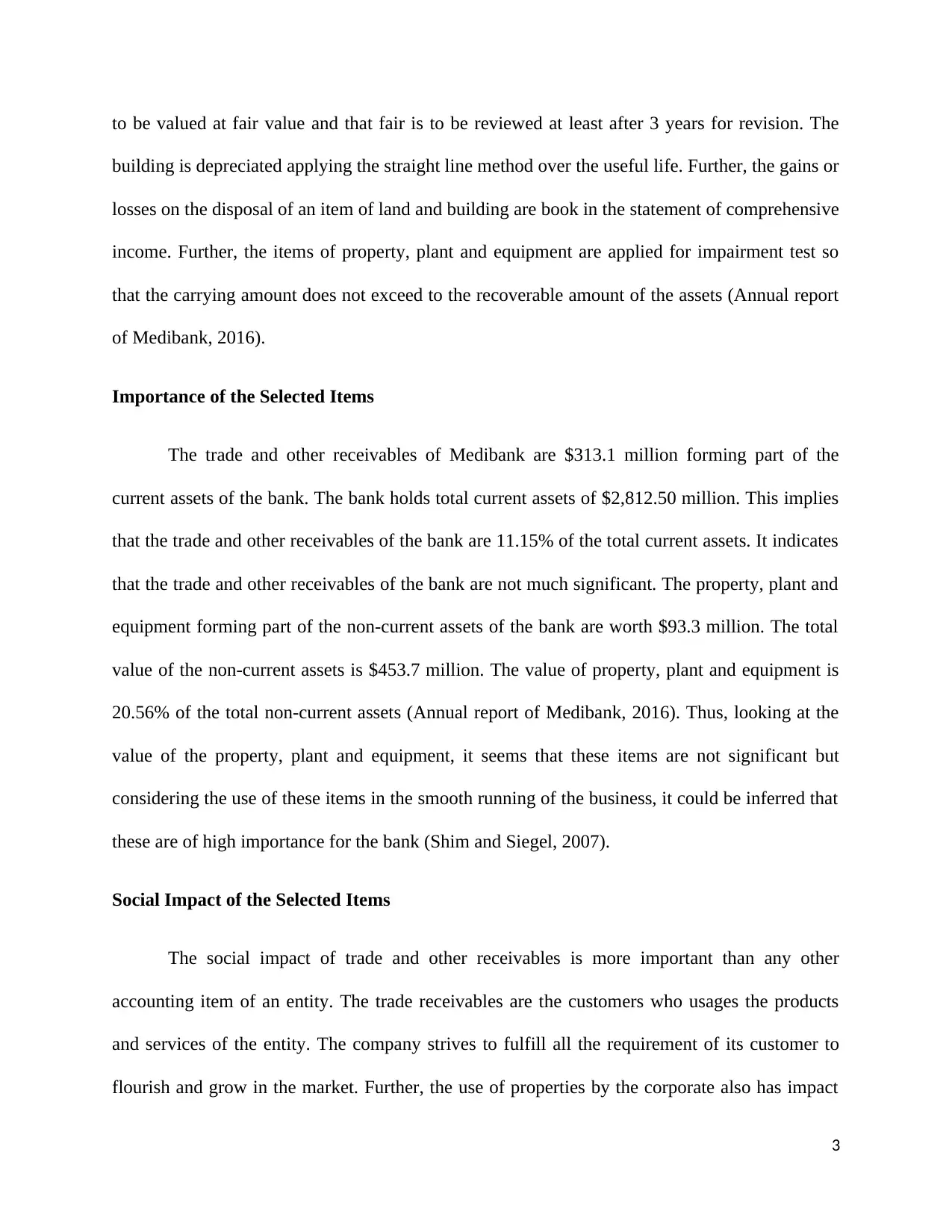

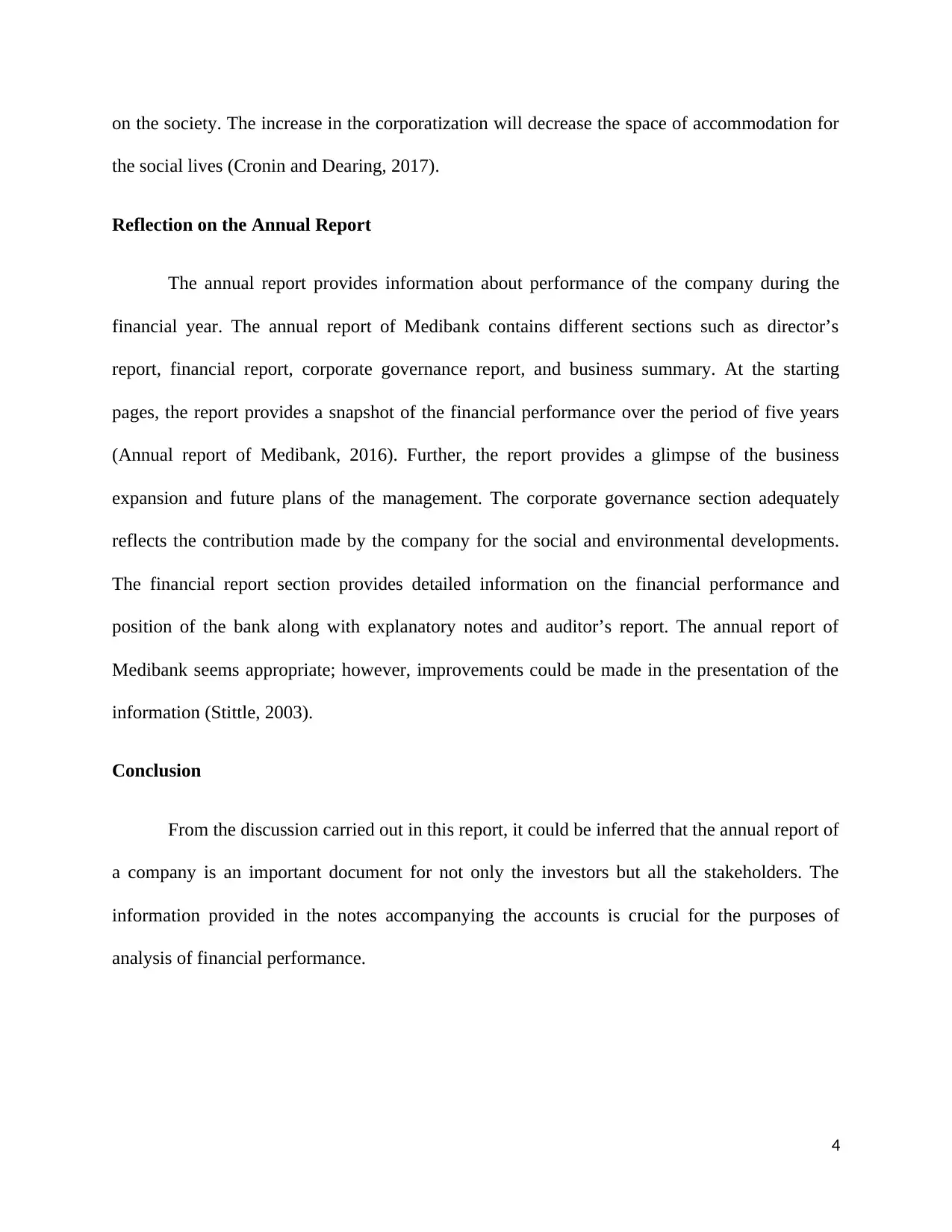
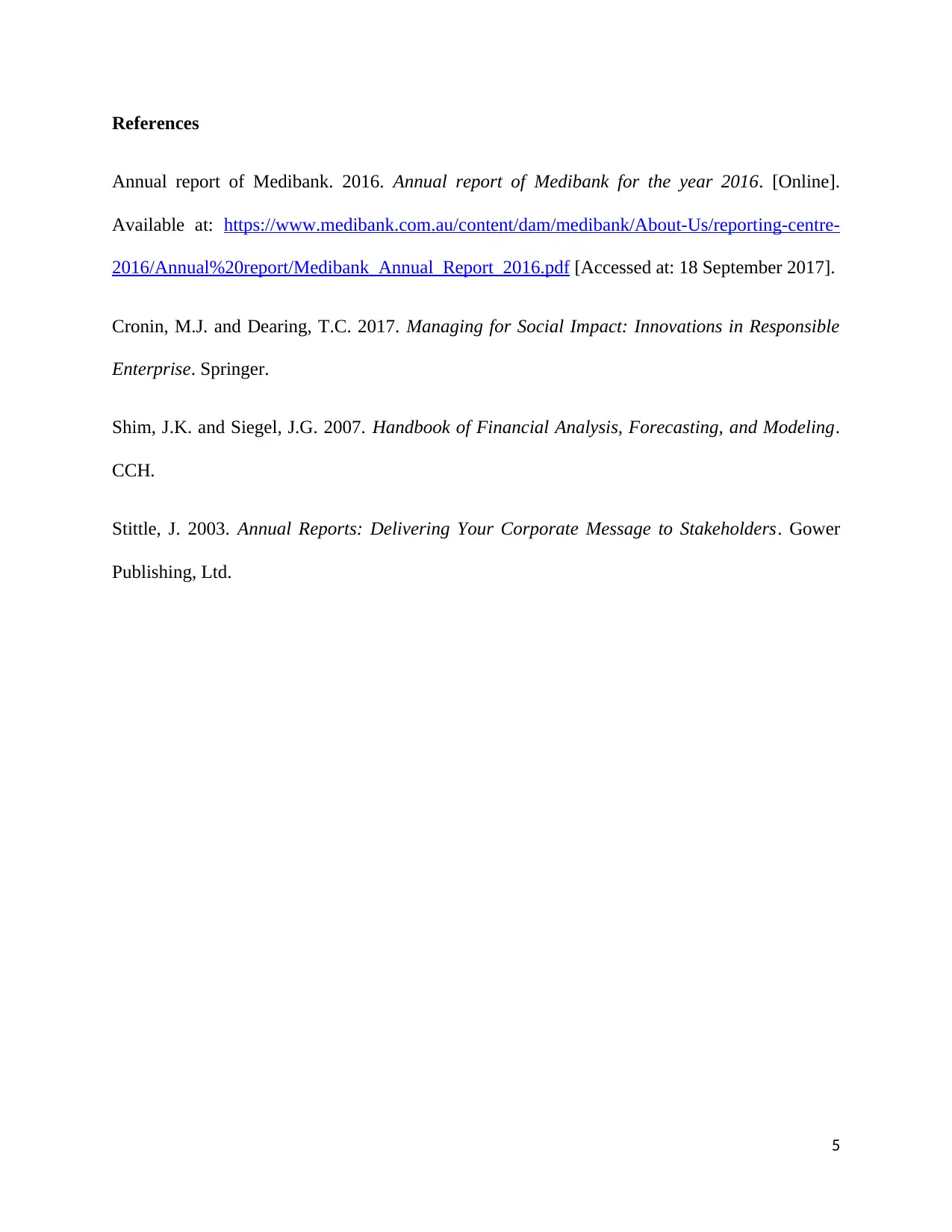






![[object Object]](/_next/static/media/star-bottom.7253800d.svg)